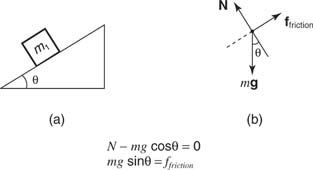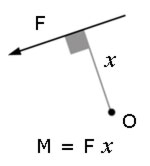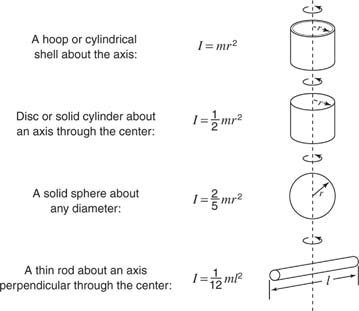Chapter 7 gravitation View more presentations from ecphysics...
Let's find out the mystery of gravitation with Newton's eyes!
Let's find out what is static equilibrium to discover the answer.
If you are interested to discover what is rotation instead of the song, please click on me and you will get what you want.
Let's understand the circular motion of the roller coaster and the force acting on it.
Let's find out how much work is done by you and how much energy and power dissipated during work.





